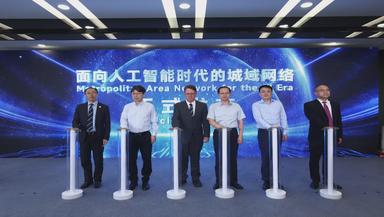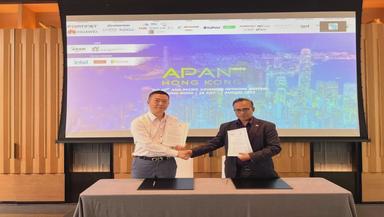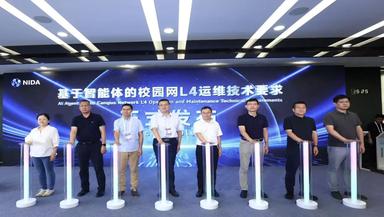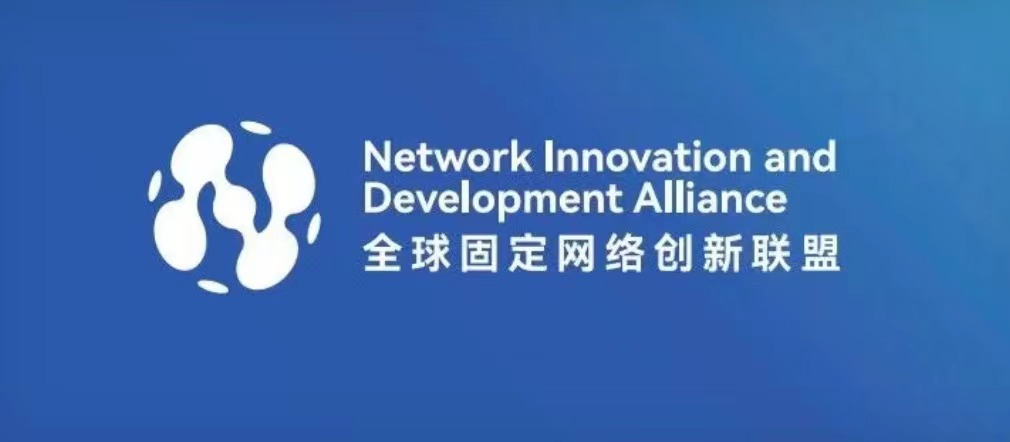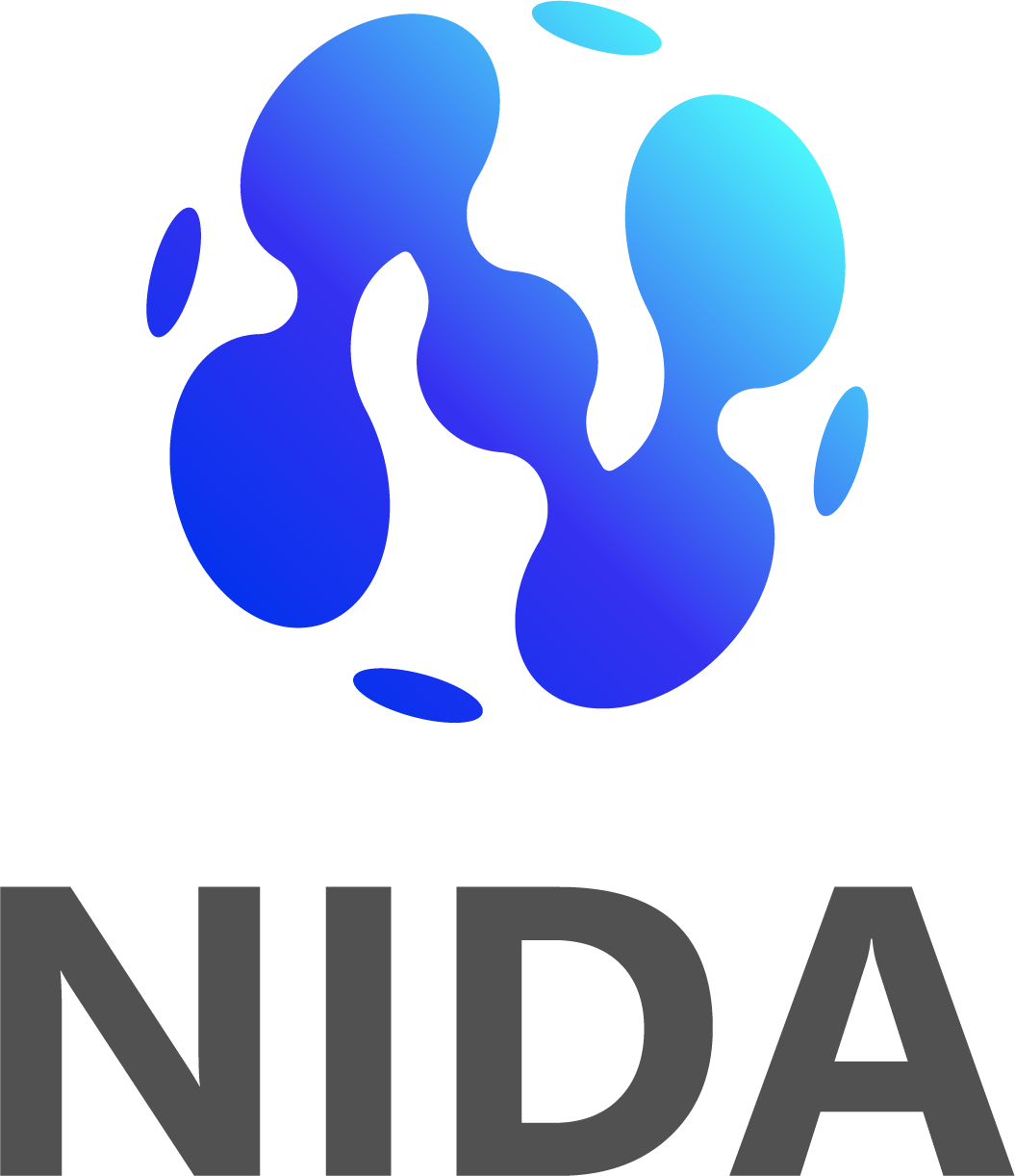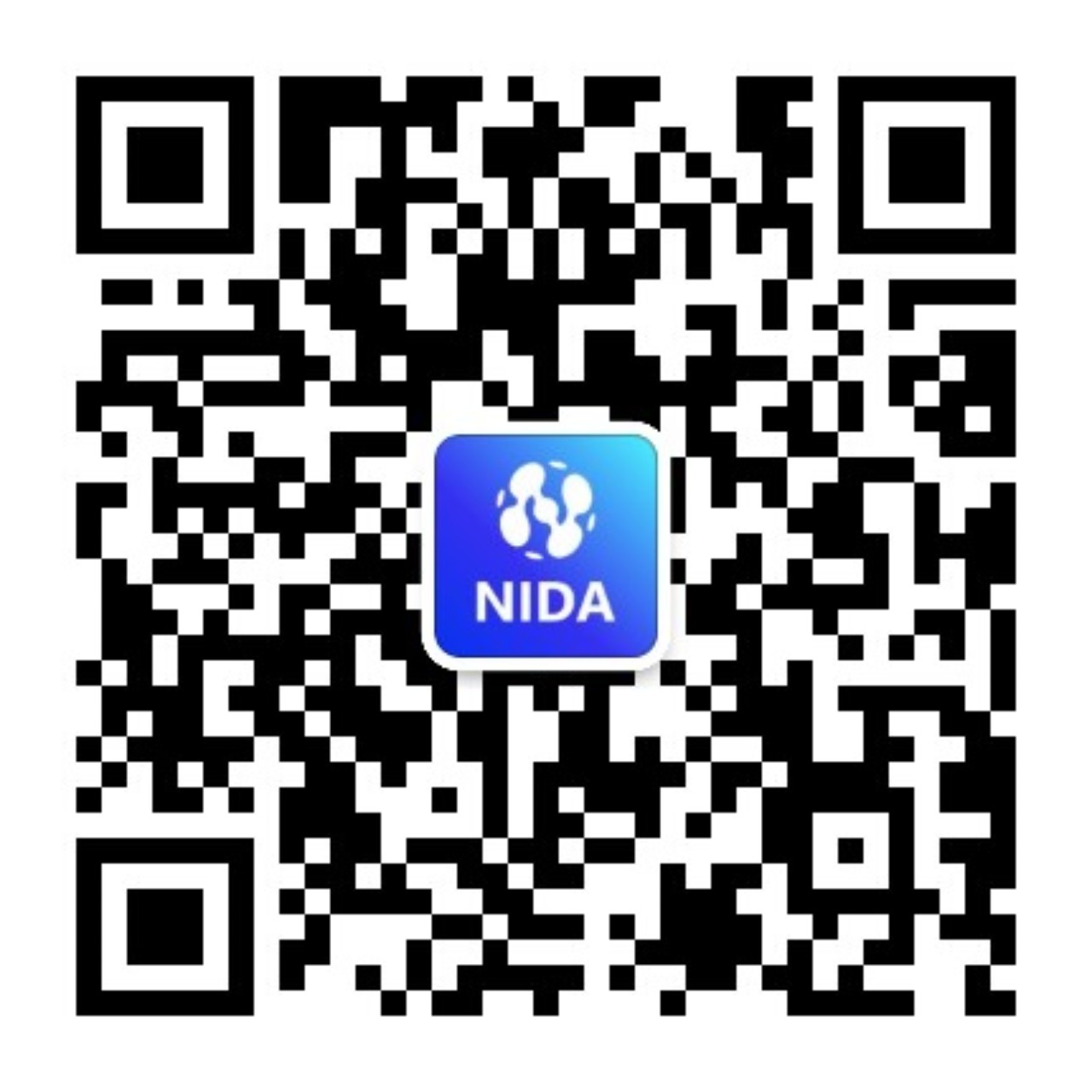The First Technical White Paper for MANs in the Artificial Intelligence Era Is Officially Released
During World AI Congress 2025, the Global Fixed Network Innovation Alliance (NIDA) successfully held the AI + Network Empowering Enterprise Digital Intelligence Innovation and Development Forum. NIDA officially released the first MAN white paper for the AI era - Metropolitan Area Network for the AI Era. The white paper, led by China Telecom and co-authored by Huawei Technologies Co., Ltd., ZTE Corporation, and several NIDA members of Zhongguancun Hyper-Connected New Infrastructure Industry Innovation Alliance, systematically describes the overall framework and technical capabilities of next-generation metro networks for the AI era for the first time. This document provides key guidance for building network infrastructure that integrates cloud and network integration and computing and network integration.In recent years, the commercial scenarios of urban AI have changed dramatically: Driven by large open-source models such as DeepSeek and Qwen, large-scale distributed inference has become the core technology for AI implementation and promotion. AI Agent services based on A2A and MCP are rapidly moving to large-scale commercial use. The popularity of lightweight large models enables smart terminals to have local computing capabilities. The computing paradigm shifts from traditional cloud computing to granular computing. In the future, collaboration between 100,000 agents and real-time token interaction with tens of billions of large models will become the norm for city-level AI services, posing new challenges to underlying network infrastructure.The traditional MAN architecture exposes significant weaknesses when supporting large-scale AI scenarios at the city level: Traditional networks cannot support E2E RDMA traffic identification and assurance, and cannot ensure efficient bearer in scenarios such as distributed training, distributed inference, and separation of training, push, and storage. The network control and management mechanism is not intelligent enough to meet the strict requirements of AI traffic for low latency and high reliability, affecting user experience. Therefore, as the proportion of AI services in cities continues to increase, the upgrade of metro network architecture and technologies becomes the key basis for intelligent cities.Based on China Telecom's computing MAN innovation concept, the white paper "Metropolitan Network for the Artificial Intelligence Era" systematically analyzes new scenarios, architectures, and technologies of MANs for the AI era, and is dedicated to building AI-native MANs. Network technologies, such as integrated computing and network, accurate RDMA traffic assurance in all domains, and L4 network autonomous driving, are used to meet urban AI application scenarios where distributed inference, large-scale AI agents coexist, and massive concurrent tokens are deployed. Independent decision-making and intelligent optimization enable efficient support for AItoH, AItoB, and AItoC scenarios, covering the entire AI life cycle from edge nodes to the central cloud, and promoting the generational transition of metro networks from passive bearing to proactive intelligence.This white paper is the first guidance document of the NIDA Alliance for the AI era of urban network infrastructure. Metro networks have officially become a key pillar of the native AI ecosystem, evolving from "connected pipes" to "intelligent nerve centers". This lays a foundation for the explosion of urban AI application scenarios, such as large model training, enterprise inference service, intelligent assisted driving, and personal intelligence.Scan the code to download the white paper "Metropolitan Area Network for the Al Era"
2025-07-29
208
[Shanghai, China, July 27, 2025] The AI + Network Enabled Enterprise Digital Intelligence Innovation and Development Forum hosted by NIDA was successfully held during the World AI Congress (WAIC). During the conference, NIDA, together with seven partners, including Huawei, China Pacific Insurance Corporation, Shenzhen Zhicheng Communications, Bank of Communications, China Construction Group Northeast Design Institute, and China Unicom Research Institute, released the white paper "Enterprise O&M in the Agentic Era - O&M Blueprint for New ICT Infrastructure".Ao Li, chief engineer of China Academy of Information and Communications, attended the forum and said in his speech: "The core of AI and network convergence is to build an integrated service system of cloud, network, intelligence, and computing. This is not only an inevitable result of technological innovation, but also will reshape the innovation paradigm and development model of a wide variety of industries, and become the core engine driving industry transformation." Ma Junfeng, Chairman of the NIDA Self-Intelligence Network Working Group, interpreted the white paper, noting that: "In the Agentic AI era, new ICT infrastructures of enterprises will be service-centric and oriented towards ultra-high availability, excellent experience, and simplified operations. They will focus on the following three capabilities: Intelligent nativeness and resilience, intelligent self-intelligence capabilities of O&M systems, and adaptive and self-evolution capabilities of group intelligence. "This white paper analyzes the evolution trend of enterprise O&M towards digital intelligence and proposes the definition, vision, and key features of AEI ( Agentic Enterprise ICT-Infraucture ), a new enterprise ICT infrastructure Agentic O&M. Based on the AEI evolution pace and key enabling technologies, this document describes two high-value scenarios and reference architectures: enterprise data center and smart campus O&M.AEI features intelligent native intelligence (AI Native Infrastructure )), self-intelligent O&M (Autonomous O&M )), and crowd intelligence (Adaptive Multi-Agent )).AEI's vision is to build a new ICT infrastructure with agentic AI features, improve enterprise digital intelligence productivity, and enable high availability, excellent experience, and simplified operation of enterprise services.In the future, NIDA will work with partners to build new ICT infrastructures featuring Agentic AI. Agentic AI will support O&M system upgrades, boosting enterprises' digital intelligence productivity.
2025-07-29
122
[Hong Kong, July 28, 2025] Li Kun, Director of the Industry Development Department of the Network Innovation and Development Alliance (NIDA), was invited to attend the "IPv6 & 5G Working Group" meeting at the 60th Asia Pacific Advanced Network (APAN) Conference held in Hong Kong. During the meeting, he delivered a keynote speech and signed a Memorandum of Understanding (MoU) with Dr. NAVANEETHAN C. ARJUMAN, Chair of the APAN IPv6 & 5G Working Group. This signing marks a significant consensus between the two organizations in promoting the innovative application of network technologies (such as IPv6 enhance) and industrial advancement.Established in June 1997, the Asia Pacific Advanced Network (APAN) is the most influential non-profit educational and research network organization in the Asia-Pacific region. Its members span 23 countries and regions, including China, Japan, South Korea, and Australia. APAN is dedicated to promoting high-speed academic network interconnectivity and collaborative research on advanced network technologies within the region. Through its biannual academic conferences, APAN brings together global experts to discuss cutting-edge topics such as next-generation internet, cybersecurity, and artificial intelligence, while providing solutions for regional network development challenges. Its IPv6 & 5G Working Group focuses on promoting the deployment, evolution, and innovative application of IPv6 technology in 5G and next-generation networks, serving as a vital platform for regional exchange and collaboration in this field.During the APAN60 "IPv6 & 5G Working Group" meeting, Director Li Kun made a keynote speech titled "IPv6+ Open Standards." He elaborated on the evolving demands for networks—specifically increased flatness, intelligence, sustainability, and security—driven by trends like AI during the next-generation network evolution. To meet the complex network construction requirements of the "four interconnected scenarios" (connecting to computing, connecting to intelligence, connecting to data, and connecting to communication satellites) in next-generation networks, NIDA, as an international industrial organization for network construction standards, focuses on researching and releasing standards based on open technologies like IPv6 enhance. It is actively contributing to building more efficient, intelligent, and reliable next-generation network infrastructure. As a key outcome of the conference, Director Li Kun and Dr. NAVANEETHAN C. ARJUMAN formally signed the MoU. Its contents include:· Sharing technical knowledge/documentation and best practices· Participating in conferences/events hosted by each other· Publishing co-authored articles in respective publications· Jointly promoting network technological innovation and industrial advancement This conference and signing represent NIDA's first collaborative practice with a global educational and research network organization. It marks the beginning of cooperation between NIDA and the APAN IPv6 & 5G Working Group and also establishes an important channel for NIDA to further develop its membership among global educational and research institutions. Amidst the accelerating global digital wave, the collaboration between NIDA and the APAN IPv6 & 5G Working Group will effectively integrate resources and strengths from both sides. Together, they will address the challenges of next-generation network development, laying a solid, open, and innovative network foundation for the prosperity of the global digital economy.
2025-07-29
31
[Shanghai, China, July 27, 2025] During the 2025 World Conference on Artificial Intelligence (WAIC), The Global Fixed Network Innovation Alliance (NIDA) has launched a collaboration between the Self-Intelligent Network Working Group and 12 universities, including China Research Institute of Information and Communication, Huawei, Shandong University, China University of Mining and Technology, Shanghai University of Science and Technology, Wenzhou Medical University, and Jiangsu Institute for Future Network Innovation. The Beijing Research Institute of China Telecom Co., Ltd. and the Research Institute of China United Network Communications Co., Ltd. jointly developed the world's first self-intelligent network construction standard for the education industry in the enterprise domain. The Technical Requirements for Agent-Based Campus Network L4 O&M (hereinafter referred to as "Standard") provides a set of forward-looking and feasible technical guidance for the construction and testing of the campus network L4 O&M system.With the rapid increase in the number of network devices and terminals on campus, the service requirements are becoming more and more complex, and teachers and students have higher and higher requirements on network service quality. However, in an existing O&M mode, managing and troubleshooting thousands of devices is time-consuming and labor-intensive, which severely affects user experience and increases the customer complaint rate. Fortunately, with the in-depth integration of AI and network technologies, we have a new opportunity to carry out research on closed-loop management of enterprise self-intelligent networks and promote intelligent enterprise network O&M systems.Based on the high-value scenario planning for L4 evolution of the self-intelligent network in the carrier domain and the practice experience of campus network O&M, the standard defines the L1 to L5 levels of the self-intelligent network O&M capability to improve O&M efficiency and dynamically optimize network performance to ensure user experience. Based on smart campus O M requirements and campus network O M experience, Wi-Fi network optimization and monitoring and troubleshooting are selected as high-value scenarios for campus network O M, and the target architecture for smart network implementation is defined. Define technical requirements based on intent understanding, environment awareness, data analysis, policy decision-making, and solution execution of the O&M management system to build a network AI brain model.The Technical Requirements for Agent-Based Campus Network L4 O&M points out the evolution direction and implementation path for campus network intelligence. The key technologies are network digital twin, large network model, and small algorithm model, to build a task-level self-intelligence closed-loop system for campus network agents. It will accelerate the intelligent network O&M of colleges and universities across the country to the new era of L4 self-intelligent networks.
2025-07-28
76
